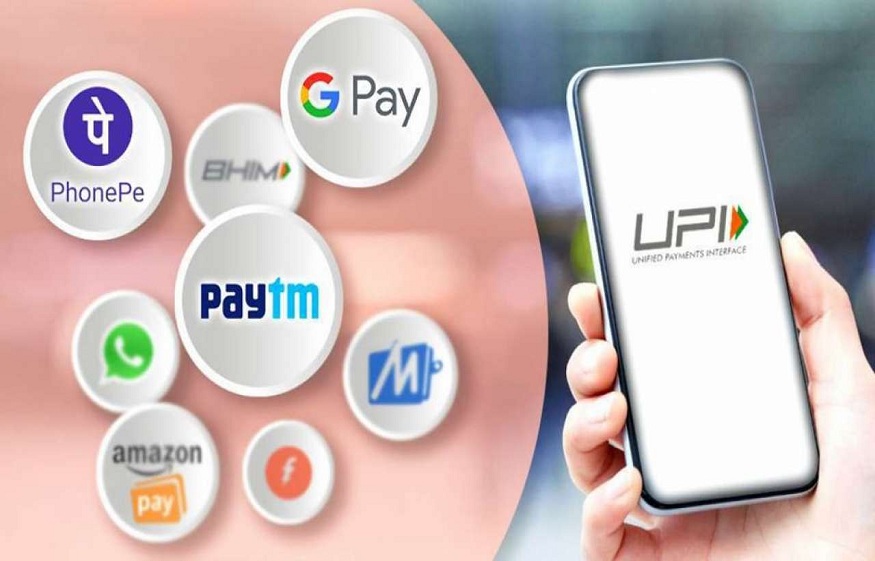In recent years, the landscape of financial transactions has undergone a transformation that is nothing short of revolutionary. Gone are the days of waiting in long queues at the bank or juggling chequebooks. The rise of payment apps is reshaping how Indians manage their finances, particularly when it comes to bill payment. This article delves into the profound impact of these digital tools and why they are rapidly becoming indispensable in our day-to-day lives.
The Digital Revolution in Financial Transactions
Technology has woven itself into the fabric of our daily routines, and nowhere is this more evident than in the world of finance. Payment apps have emerged at the forefront, facilitating seamless transactions with a few simple taps on a smartphone. These apps have significantly reduced the need for cash transactions, supporting the global move towards a cashless society.
Convenience at Your Fingertips
Imagine accessing various services without ever having to leave your home. With payment apps, this is a reality. Whether it’s paying an electricity bill, recharging your mobile, or settling a credit card statement, the convenience offered by these apps is unparalleled. Forget the hassle of waiting in line or dealing with cumbersome bank transfers; payment apps bring everything to your fingertips.
Security and Reliability
Security is often a prime concern with digital transactions. However, modern payment apps employ cutting-edge encryption technologies to ensure that your data remains safe. With features such as two-factor authentication and instant notifications, users can monitor their transactions with peace of mind. Moreover, the element of timeliness cannot be overstated. Paying your bills on time has never been easier, reducing the risk of penalties and overdue charges.
The Impact on Bill Payment Habits
The advent of payment apps has not only facilitated easier transactions but also altered consumer habits. With various billers integrated into a single platform—from utilities to insurance—users can manage multiple obligations without skipping a beat.
Streamlined Process
Through the use of payment apps, the bill payment process has become significantly more straightforward. For instance, you can set up auto-pay features for recurring expenses, ensuring that you never miss a due date. The days of manual reminders and calendar alerts are long gone; automation has taken the burden off consumers.
Enhanced Financial Management
Payment apps offer comprehensive tracking of expenses, which is invaluable for budgeting and financial planning. Many apps provide insights into spending patterns, enabling users to make informed decisions about their financial health. With accessible analytics and detailed breakdowns, taking control of one’s finances has never been easier.
The Role of UPI in India’s Payment Ecosystem
In India, the introduction of the Unified Payments Interface (UPI) has been a game-changer. UPI has brought about an unprecedented level of interoperability, allowing seamless transactions between different banks and platforms. This has significantly boosted the adoption of payment apps across the country, democratising financial access.
A Catalyst for Financial Inclusion
UPI has been instrumental in extending financial services to the unbanked and underbanked populations. By facilitating instant transfers and removing the barriers associated with traditional banking, UPI has played a crucial role in promoting financial inclusion. Payment apps leveraging UPI have thus reached a wider audience, bringing more people into the fold of digital finance.
Competitive Landscape and Innovation
The fierce competition among payment app has spurred innovation, with companies constantly striving to offer enhanced features. From reward programmes to partnerships with merchants, these apps are continually evolving to meet consumer demands. This competitive spirit has led to more user-friendly interfaces, faster transaction times, and enhanced customer support.
Challenges and the Road Ahead
Despite the numerous benefits, the proliferation of payment apps is not without challenges. Concerns about data privacy, digital literacy, and cybersecurity must be addressed to foster trust and encourage widespread adoption.
Navigating Security Concerns
While security measures are robust, cyber threats continue to evolve. It is imperative that app developers stay one step ahead by investing in advanced security protocols. User education is equally crucial—consumers must be made aware of the best practices for safeguarding their information.
Bridging the Digital Divide
The digital divide remains a significant hurdle, particularly in rural areas where internet penetration is low. Bridging this gap is vital for ensuring equitable access to digital financial services. Efforts to improve internet infrastructure and digital literacy programmes are key to overcoming this obstacle.
Conclusion: The Future is Digital
The ascent of payment apps signifies a fundamental shift in how we perceive and execute financial transactions. By simplifying bill payment processes and promoting financial inclusion, these apps are transforming the financial landscape in India. As technology continues to advance, it is likely that payment apps will play an even more integral role in our financial lives, moving us closer to a fully digital economy. The path forward is clear—to embrace these innovations while ensuring the security and accessibility needed for a truly inclusive financial future.
As we stand on the cusp of further advancements, one thing remains certain: in the world of finance, the winds of change are blowing stronger than ever. It’s time to ride the wave and embrace the future of digital payments, ensuring that we are not left behind in this rapidly evolving landscape.


